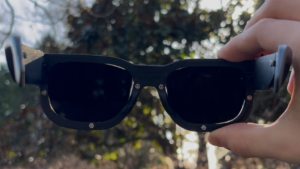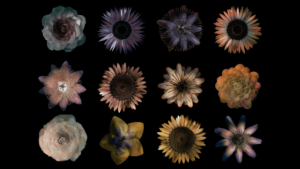
An experimental, at-home testing kit created by researchers at Stanford University in the United States could ease the burden on clinics at hospitals. Relying on a smartphone camera, the easy-to-assemble black box captures video and accurately analyses colour changes in urine to test glucose levels, blood, protein, and other chemicals, which in turn can indicate evidence of kidney disease, diabetes, urinary tract infections, and even signs of bladder cancer.
In its current form, urine tests can be costly, time-consuming and patients are reliant on the doctor’s availability. This box negates these factors, making it more accessible to people in developing areas (where smartphone use is prolific). But, speaking to Futurity, Audrey (Ellerbee) Bowden, assistant professor of electrical engineering at Stanford University, warned that at-home tests are prone to human error.
“Doctors don’t end up trusting those results as accurate,” she added. Bowden designed the system alongside Gennifer Smith, a PhD student in electrical engineering at Stanford. The two believe their system is both affordable and reliable thanks to the way they were able to account for three main potential errors in a home test: lighting, volume control, and timing.
Bowden and Smith designed the black box to store the standard colour, dipstick urine test used in clinics and hospitals. This removes variations in light and in turn, removes variations in colour. In terms of volume control or how much urine is placed on the dipstick, the engineers designed a multi-layered system to load urine onto the dipstick. Finally, a smartphone loaded with specialised software that controls the timing and analysis of the dipstick.
In the future, the designers hope to create an app that controls the test’s functions. “It’s such a hassle to go into the doctor’s office for such a simple test,” says Smith. “This device can remove the burden in developed countries and in facilities where they don’t have the resources to do these tests.”






